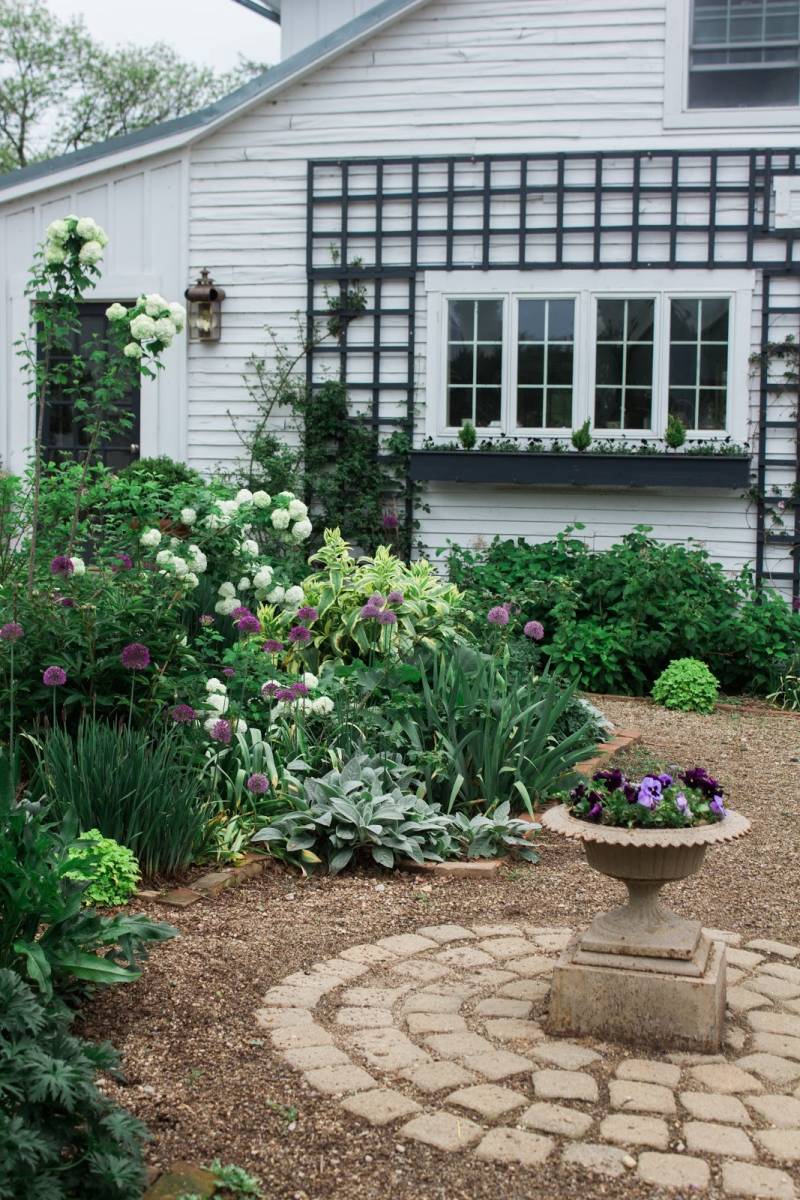Landscaping for Beginner – Tips For Your DIY Landscape Project
Plants are essential in flaunting a garden space that creates a good mood. Plants can elevate the ambience outside the house whilst promoting fresh clean air. Apart from its ability to beautify the area, there plants that help eliminates odours and repel insects.
Landscaping can be a drag if you are a beginner. With all the choices available, it could be quite confusing. However, planning your design in advance will aid in completing the project quickly and efficiently.
Here are some essential tips and tricks to help you in your first DIY landscape project:
Identify Your Landscaping Needs
Make a list of all your needs and wants for your landscape. It could include the overall look you want to go for and the needs of your family. Although the main purpose of landscaping is aesthetic, it is still essential to design it in accordance with the activities that take place in the area. Additionally, you need to consider the landscape of your garden. Know or consider the natural shape of the land. Is it flat or sloping? Make a sketch of the landscape and determine the needs of each area for improvement.
Location Considerations
Plants have needs that will promote their growth. Know where the sun rises and sets. Moreover, wind circulation is another factor to consider. Identify how certain areas receive good air circulation. Then, locate the most ideal place to plant and areas to put your garden sets and other accessories.
Determine and Identify the Plants
After being able to know the nature of your landscape, identifying the ideal plants is the key. Determine what kind of plants that go hand in hand in the area and the kind of soil you have—also, the cycle of the weather in your location. Thus, look for plants that can thrive in your space. It’s no good if you plant a kind that can’t thrive in the kind of soil and weather you have.
Go For Feasibility
First-time landscapers might find it a bit challenging setting up a DIY landscape design. Thus, it is best to start small and slowly work your way up. Plan something that is feasible for your abilities and know-how. Going beyond your capabilities will significantly waste your time if your project is not successful. Start a minimal outdoor makeover. Better yet, start in one corner and gradually fill your whole garden with beauties slowly but surely. Enjoy the process while slowly developing your landscape. Landscaping is not done overnight. It is a long process that requires patience and time to seamlessly complete.
Locate a Focal Point
Every landscape design has a focal point. Find your best spot around your outdoor area and decide the focal point. If you have decided on it, you can start from there and work around it. Create a cohesive design to achieve a nice flow. Your focal point does not need to be just one. You can make every corner of your middle ground to be your focal point.
The Importance of Scale, Repetition and Contrast
Plants come in different sizes and shapes. Identifying the scale of each plant will help you create a balanced image. Creating a pulled-together look will demand your creative eyes. Knowing what kind of plants to place together that harmoniously blend will help you design a landscape that is pleasing to the eye while the elements around the garden work hand in hand towards one goal. Repetition builds a sense of cohesion while contrast creates a uniquely striking image. Adding contrast to the repetitive nature of your garden will elevate the overall look of the garden. Thus, repetition and contrast are key to successfully build an aesthetically appealing landscape.
Landscaping is a nice hobby to get into to escape the usual hassle of life. Getting into landscaping will require your patience and meticulous eyes. Give it a go when you are ready and when you develop, and clear vision of what you want. At the end of the day, it will be a good source of accomplishment when you finish a project.



